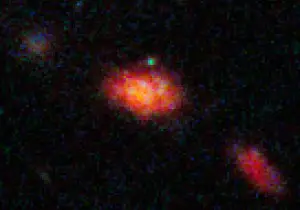Stars have fascinated humankind throughout the ages. Basically, spheres of cosmic energy that produce heat, light, ultraviolet rays, X-rays, and other forms of radiation, stars are composed largely of gas and plasma. The universe contains billions of galaxies, and each galaxy contains more than 100 billion stars.
Fact 1. Stars come in various shades due to the differences in temperature. Â Stars with a higher temperature have white or blue shades whereas cooler stars will have shades ranging from red to orange.
Fact 2.  The primary building block of stars is hydrogen.  The gas circles through space in cosmic dust clouds called nebulae.
Fact 3. Â Â The star’s developmental cycle starts with young stars called protostars. They grow into main sequence stars by accumulating mass from the clouds surrounding them. The sun is a main sequence star. Â Existing in a state of nuclear fusion, stars emit energy by converting hydrogen to helium. This can stretch for billions of years.
Fact 4. Â The end of the cycle for stars occurs when all its hydrogen has been converted to helium. Â Towards the end, helium sinks to the star’s core, raising its temperature, and causing the expansion of its outer shell. Â At this stage, the stars are known as red giants.
Fact 5. The red giant phase is a prelude to the white dwarf phase when it becomes a small, dense body devoid of its outer layers. During this phase, cooling takes place that can stretch for billions of years before it becomes a dark body without any energy. Â This final stage is known as a black dwarf.
Fact 6. Supernovas are stars that exit with a violent explosion leaving behind a neutron star. If the dead star is big enough, what remains is a black hole.
Fact 7. Â Another type of star is a magnetar, characterized as dense neutron stars with magnetic fields many times stronger than Earth’s magnetic fields. Â They release flashes of X-rays about every 10 seconds intermixed with a burst of gamma rays.
Fact 8. Â The third largest supercomputer, Mira, will be able to simulate the first 13 billion years of the universe starting from the Big Bang. This will enable the study of the interaction between planets, stars, and galaxies.
Fact 9. Stars do not twinkle. The illusion of twinkling is caused by the deflection of light as it enters the Earth’s atmosphere.
Fact 10. Humans are only able to see, at the most, 2,000-2,500 stars in 1 night and that too on a very clear night with no moon. There is no possibility for a person to see millions of stars on a dark night.











Leave a Reply